We all want our vehicle to be powerful and dynamic on the road, right? But sometimes, unexpectedly, we notice a decrease in our vehicle’s traction. This can be felt when going uphill, accelerating, or just during normal driving. So, what causes this low traction and why is it so important?
low tractionThis means that the power transferred from your vehicle’s engine to the wheels decreases. This directly affects not only your driving experience, but also the performance and safety of your vehicle. A strong traction means better control and stability on the road. Therefore, any decrease in traction should not be ignored.
If you are ready, your vehicle Understanding why you’re not as strong as you used to be and let’s go on a journey to get him running strong on the roads again.
Details that may cause low vehicle traction:
Reduction in engine power
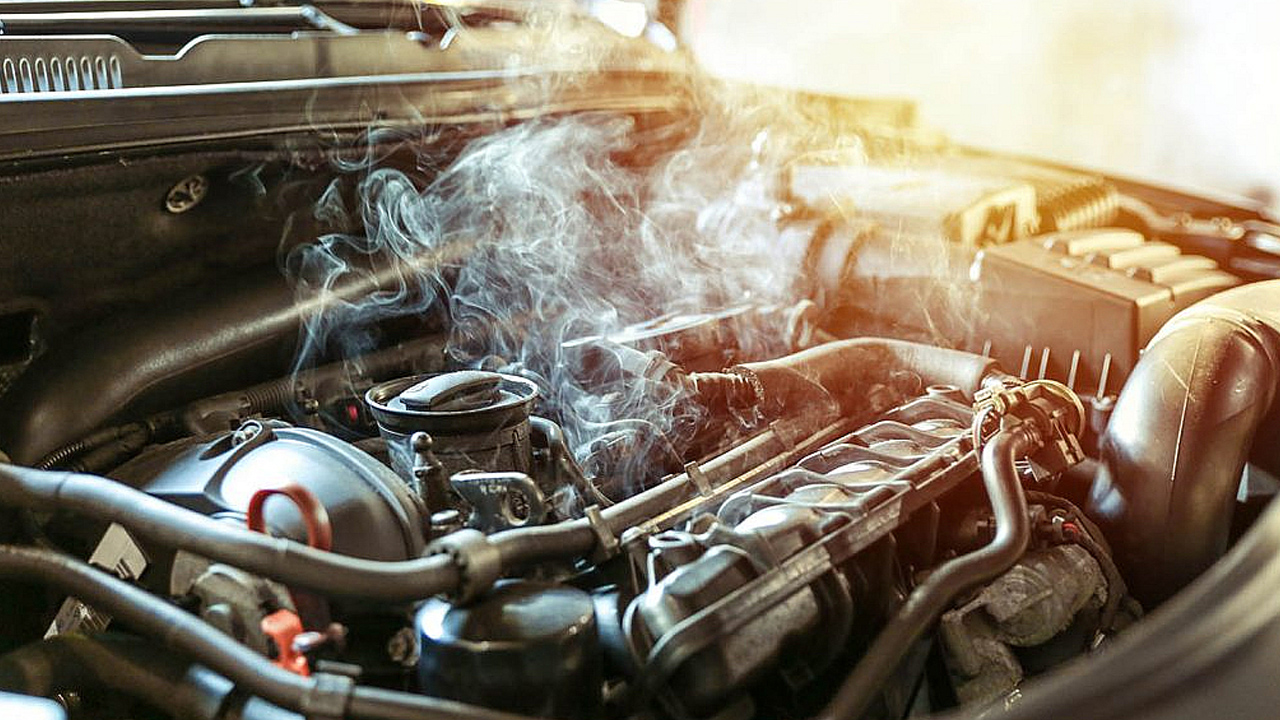
Your vehicle’s traction lies at the heart of the engine. Any reduction in engine power directly affects tractive power. Alright, What can reduce the power of your engine? Let’s examine a few common causes.
Fuel system problems
- a clogged one fuel filter This causes not enough fuel to reach your engine. This means that if it is not replaced regularly, it can restrict fuel flow, leading to a reduction in engine power.
- fuel pump, It moves fuel from the tank to your engine. If it does not run strong enough, your engine cannot get the fuel it needs and performance will decrease.
- Injectors are responsible for spraying the right amount of fuel into the combustion chambers of your engine. In case of blockage or malfunction, combustion becomes inefficient and engine power decreases.
- Your engine needs both fuel and air for the combustion process. Clogging of the air filter or a problem in the turbo system may cause your engine not to get the air it needs.
- A clogged air filter It also prevents enough air from entering your engine. This leads to a decrease in combustion efficiency and, consequently, a decrease in engine power.
- If your vehicle is turbocharged, any problems in the turbo system are as expected. cannot provide air pressure and becomes another factor that causes a decrease in engine power.
Transmission problems
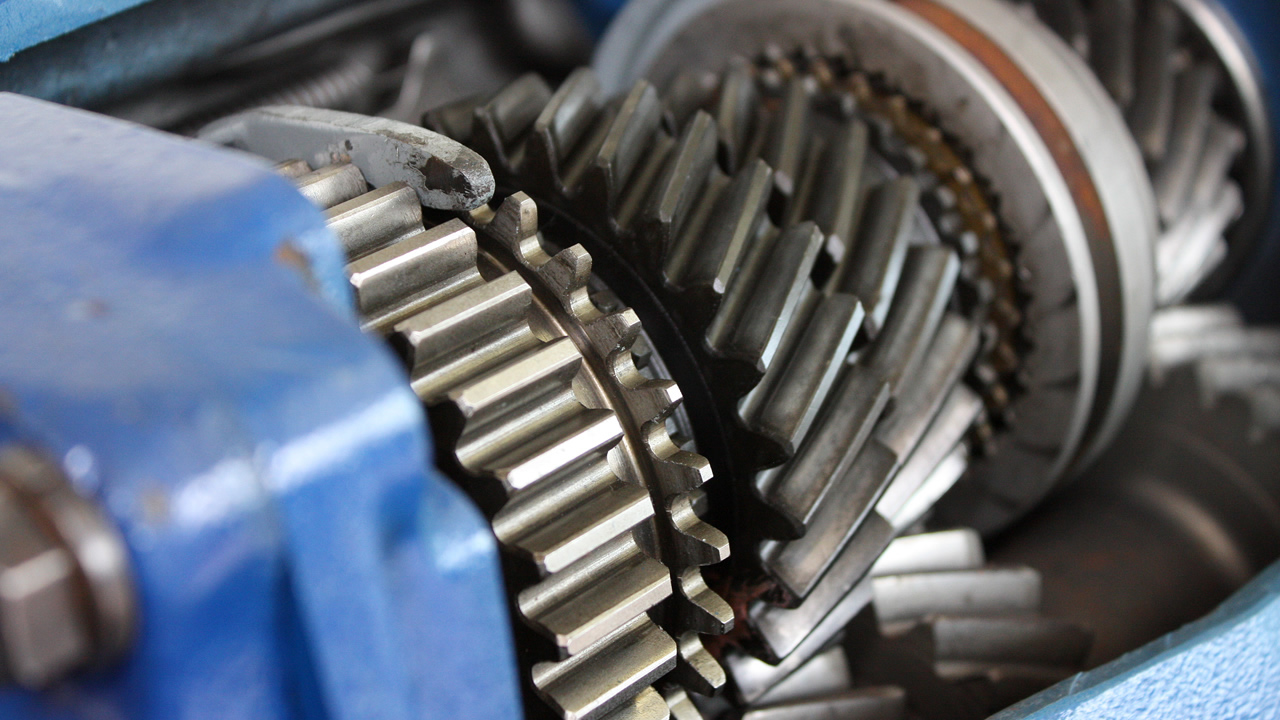
Your vehicle’s transmission is a critical component that transfers engine power to the wheels. Any problem in your transmission can directly affect your traction power. Whether manual or automatic, transmission problems It usually gives clear signals.
In manual transmissions clutchtransfers engine power to the transmission. If the clutch is worn out or not working properly, this power may not be fully transmitted to the wheels. Signs of wear include the clutch pedal feeling too soft or having difficulty shifting gears.
automatic transmissions It automatically manages gear changes and the role of transmission oil becomes more important in this process. Low, dirty or burnt oil can prevent the transmission from working properly. This may lead to delays in gear shifting, jolts or a decrease in traction power.
Exhaust system obstructions
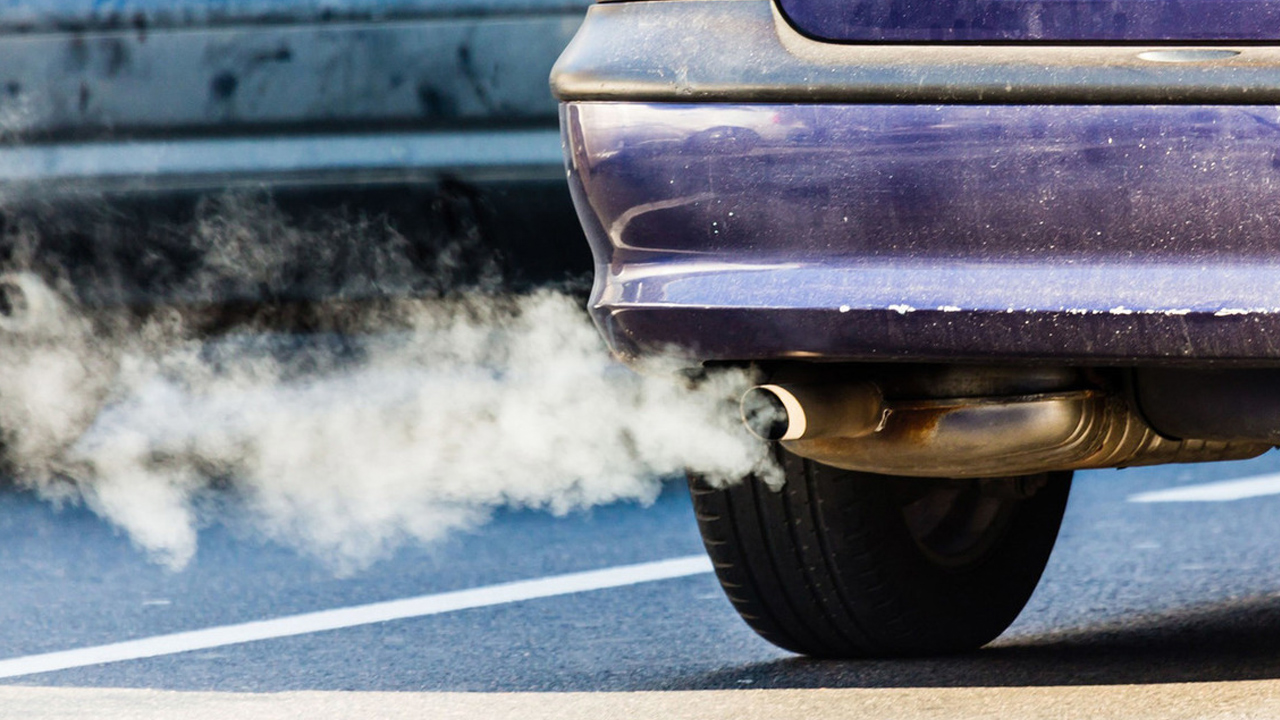
your vehicle exhaust systemIt allows the gases formed as a result of combustion to be discharged safely. Any obstruction or blockage in this system can prevent the engine from operating efficiently and cause a decrease in traction power. It is also important to remember that exhaust system problems have a direct impact on the performance of your vehicle.
Catalytic converter blockage
catalytic converterIt is designed to convert exhaust gases into harmless substances. However, it can become clogged over time or due to poor engine performance. The blockage prevents the exhaust gases from being discharged, causing the engine to “to breathe” restricts and ultimately leads to a decrease in engine power and traction.
Exhaust manifold problems
Exhaust manifold is the section where gases coming out of the engine’s combustion chambers are collected and directed to the exhaust system. In the manifold section crack or leak, may cause a decrease in engine performance and therefore a decrease in traction power. Additionally, such a leak may cause exhaust gases to leak into the driver’s cabin, posing health risks.
Tires and road grip
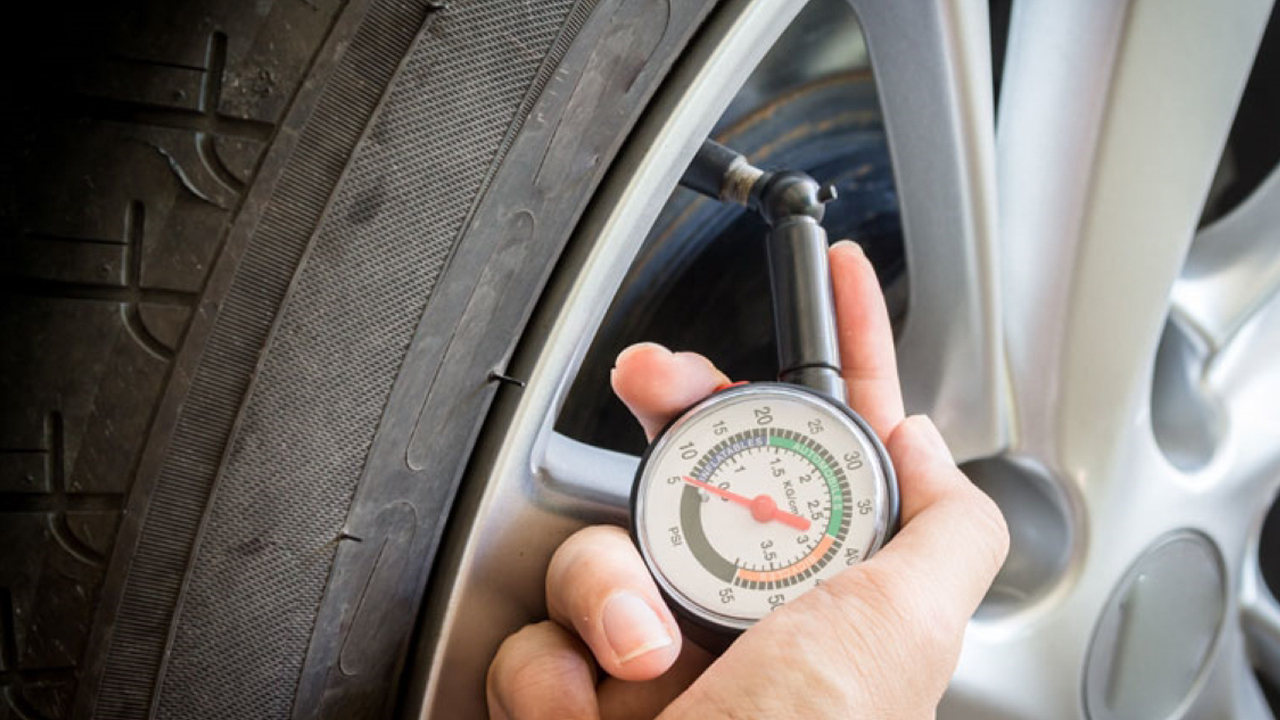
Low tire pressure causes your vehicle to come into contact with more surfaces on the road. This increases resistance and reduces your traction. On the other hand, overinflated tires, It does not provide sufficient grip and may reduce traction. of your tires tread depth is also important. Worn tires provide inadequate traction on wet and slippery surfaces.
Using tires that are not suitable for seasonal conditions may negatively affect your traction. For example, in winter conditions summer tires Using it means insufficient traction and increased risk of slipping. Conversely, using winter tires in summer conditions can lead to excessive wear and reduced traction.
Electronic and sensor errors
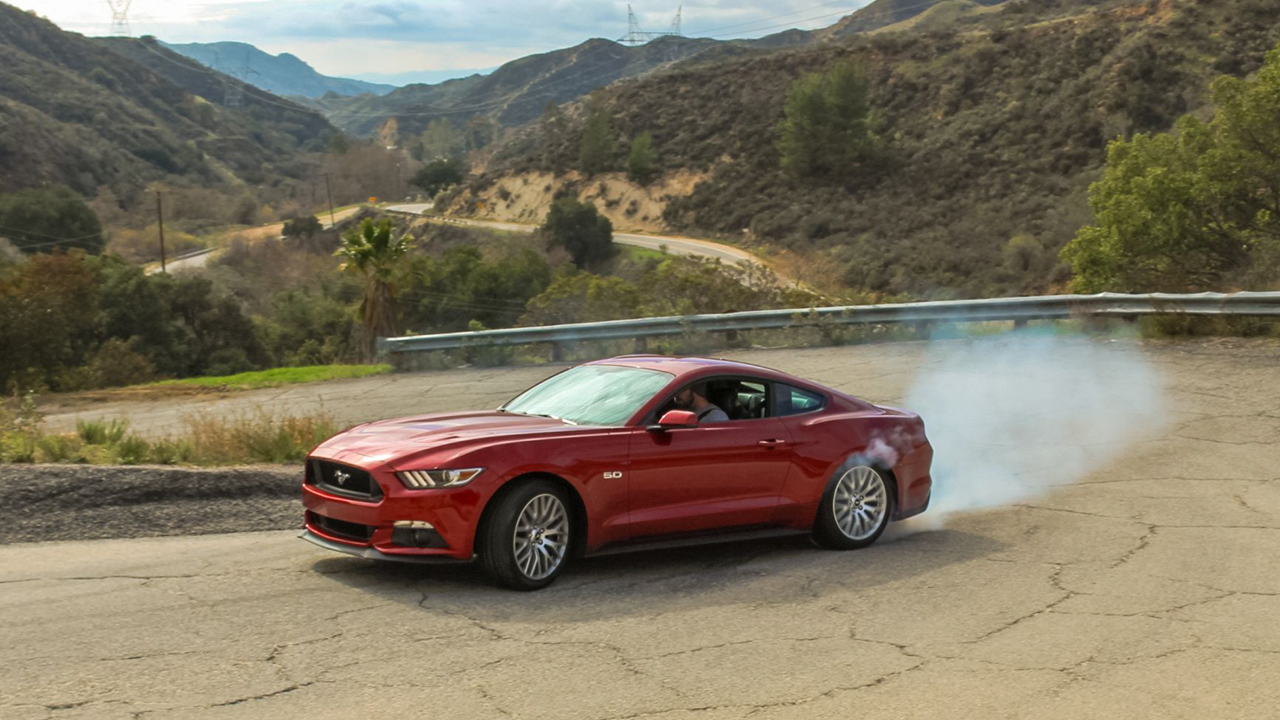
Modern vehicles use many tools to optimize performance and increase driver safety. electronic system and has a sensor. However, malfunctions or sensor errors in these systems may cause unexpected low traction.
Your vehicle’s engine management system uses data from various sensors to optimize engine performance. There is a bug in this system, wrong air/fuel mixture, may cause problems such as incorrect ignition timing. This causes a decrease in engine power and therefore traction.
Traction control system It is designed to prevent the wheels from skidding. However, if there is a fault in the system, this feature may work incorrectly and cause the vehicle to lose power unnecessarily. Particularly on slippery surfaces, the correct operation of these systems ensures that the vehicle holds the road firmly.
Precautions to be taken against low traction:
- Checking the engine regularly, cleaning fuel and air filters or replacement ensures optimum engine operation.
- Regular check of your manual or automatic transmission, oil change and adjusting it if necessary prevents transmission problems.
- Exhaust system blockages Checking the engine regularly for malfunctions ensures efficient operation of the engine.
- Checking tire pressures regularly and Using tires suitable for the seasonis critical for maximum traction.
- electronic systems in the vehicle and of sensors Regular diagnosis helps detect potential problems early.
- Using quality fuel, It ensures that the engine operates more efficiently and maintains traction power.
- Extremely fast takeoffs and sudden brakingmay create unnecessary load on the vehicle’s traction system. A gentler driving style helps the vehicle stay healthy for longer.
- To reduce the weight of your vehicle getting rid of unnecessary burdensreduces the load on the engine and can increase traction.
- If you notice any signs of poor traction, take it to an authorized service and getting an expert opinion is the best step.
- Annual or at certain mileage intervals general vehicle checksIt helps prevent problems such as low traction.
By following these precautions, you can prevent your vehicle’s low traction problems or fix existing problems. Remember, early intervention in the maintenance and repair of your vehicle, to prevent bigger problems and expenses It will help. At each step, pay attention to your vehicle’s needs and recommended maintenance schedule. So you can continue to have a safe and enjoyable driving experience.
If you want to take better care of your vehicle, you can also take a look at these contents:
RELATED NEWS
Don’t Do These 7 Moves When Driving a Manual Transmission Car!
RELATED NEWS
12 Points to Make Sure There Are No Problems with Your Vehicle Before Going for Vehicle Inspection
RELATED NEWS
9 Signs That Your Vehicle May Break Down Soon
RELATED NEWS
